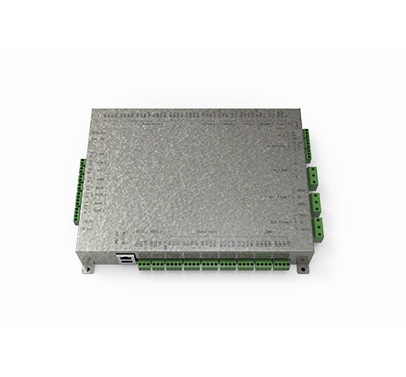
The rapid evolution of electric vehicle (EV) technology has brought forth significant advancements, particularly in fast ev charge controllers. As the demand for efficient charging solutions grows, empathize how these controllers impact supply chains within Original Design Manufacturers (ODM) becomes crucial. This article aims to research the intricate relationship between fast ev charge controllers and supply chain dynamics.
Empathize Fast EV Charge Controllers

Fast EV charge controllers are pivotal components that facilitate quick and efficient charging of electric vehicles. These devices manage power delivery from the grid to the vehicle’s battery, ensuring optimal performance while minimizing energy loss. The integration of advanced technologies allows for higher voltage levels and faster charging times, which is essential as consumers increasingly seek convenience in their driving experience. Moreover, with regulatory pressures pushing for greener alternatives, manufacturers must prioritize innovation in their designs to remain competitive.
The Role of UUGreenPower
UUGreenPower stands out as a key player in this evolving landscape by providing cutting-edge solutions tailored specifically for fast EV charging systems. Their commitment to sustainability aligns seamlessly with global efforts towards reducing carbon footprints through electrification. By leveraging state-of-the-art technology and robust manufacturing processes, UUGreenPower enhances not only product efficiency but also reliability across various applications. Furthermore, their strategic partnerships within the industry bolster their capacity to meet increasing market demands effectively.
The Impact of V2G Technology
Vehicle-to-Grid (V2G) technology represents another transformative aspect influencing both fast EV charge controllers and supply chain management strategies within ODMs. This innovative approach enables bidirectional energy flow between electric vehicles and the power grid, allowing cars to serve as mobile energy storage units during peak demand periods. Consequently, V2G can alleviate stress on electrical grids while offering additional revenue streams for vehicle owners through participation in energy markets. As such technologies gain traction, they necessitate an agile response from manufacturers who must adapt quickly to integrate these capabilities into existing products.
Conclusion
The advent of fast EV charge controllers signifies a critical juncture not only for automotive innovation but also for supply chain optimization among ODMs like UUGreenPower. As we continue navigating this dynamic environment marked by technological advancements such as V2G systems, it is evident that embracing change will be paramount for sustained growth and competitiveness in this sector.
Click v2g technology.
